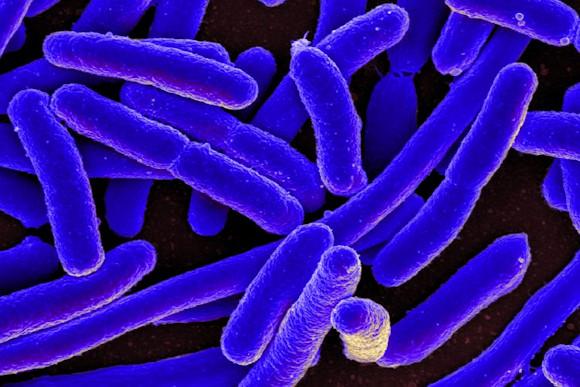The world is increasingly complex and often scientific discoveries can have implications that are not always predictable.
What happens in a world where a video can be encoded within the DNA of a living bacterium? This question, apparently trivial, hides instead a new reality.
Once some human activities, such as espionage, were the prerogative of a few men and women who were responsible for finding information and getting them out, in some way, from the country that held them to bring them into their own. The information, depending on their importance, could be hidden with the most ingenious methods. Sometimes they were encrypted making them incomprehensible to those who did not have the right key, but, in principle, the information had to be written on a support (paper, papyrus, wood ...) to be transported.
The advent of information technology and the diffusion of telecommunications has meant that the theft of information and its transfer took place without the need to move physically to bring the information where required. The use of data encryption methods and their transmission on networks now more and more present throughout the world has simplified the work of spies, turning them into technologically advanced spies.
Today a new frontier is opening up. The DNA properties linked to the storage capacity of the information of the life form to which it belongs have been known for some time, but it is only recently that the DNA has been synthesized and the use of the synthesized DNA for the transport of information is only a few years ago. directly related to the function of DNA, information encoded by the researcher (see article).
Now, in an article published on Researchgate.net, Maarten Rikken interviews Seth Shipman of the Department of Genetics at Harvard Medical School in Boston, author of a study published in Nature on the encoding of a video inside the DNA of a living cell of a bacterium Eschirichia Coli.
Seth Shipman explains that the goal of the study was to test whether the Clustered Regularly Interspaced Short Palindromic Repeats (CRISPR-Cas) system can be used to capture complex information including the temporal component and store it within a cell of E. E. Coli Coli living.
The experiment was successful and this means that new scenarios are open for those who need to move data without being able to identify them.
It will be enough to code the data in the DNA of a bacterium, to contaminate a living being, human or not, maybe a harmless little dog, and make him cross the border.
Then you will have to extract the bacterium from the host and then proceed with data extraction.
Given the speed of reproduction of the bacteria we will have to verify if the transmission of the coded data is transmitted from generation to generation and with what precision and refine the coding and extraction methods to reduce errors, but the technique seems safe.
The same technique could also be used to preserve data over time or to guarantee its survival thanks to the almost infinite replication capacity of bacteria.
Of course, only large organizations can exploit its potential but I would not be surprised if in a few years at airports we will be subjected to checks to verify the presence of synthetic DNA in our body.
Other than science fiction, welcome future!
(in the image below - credit: Seth Shipman - an original video on the left and the one obtained from the version extracted, later on, from the bacterium of Eschirichia Coli on the right)













